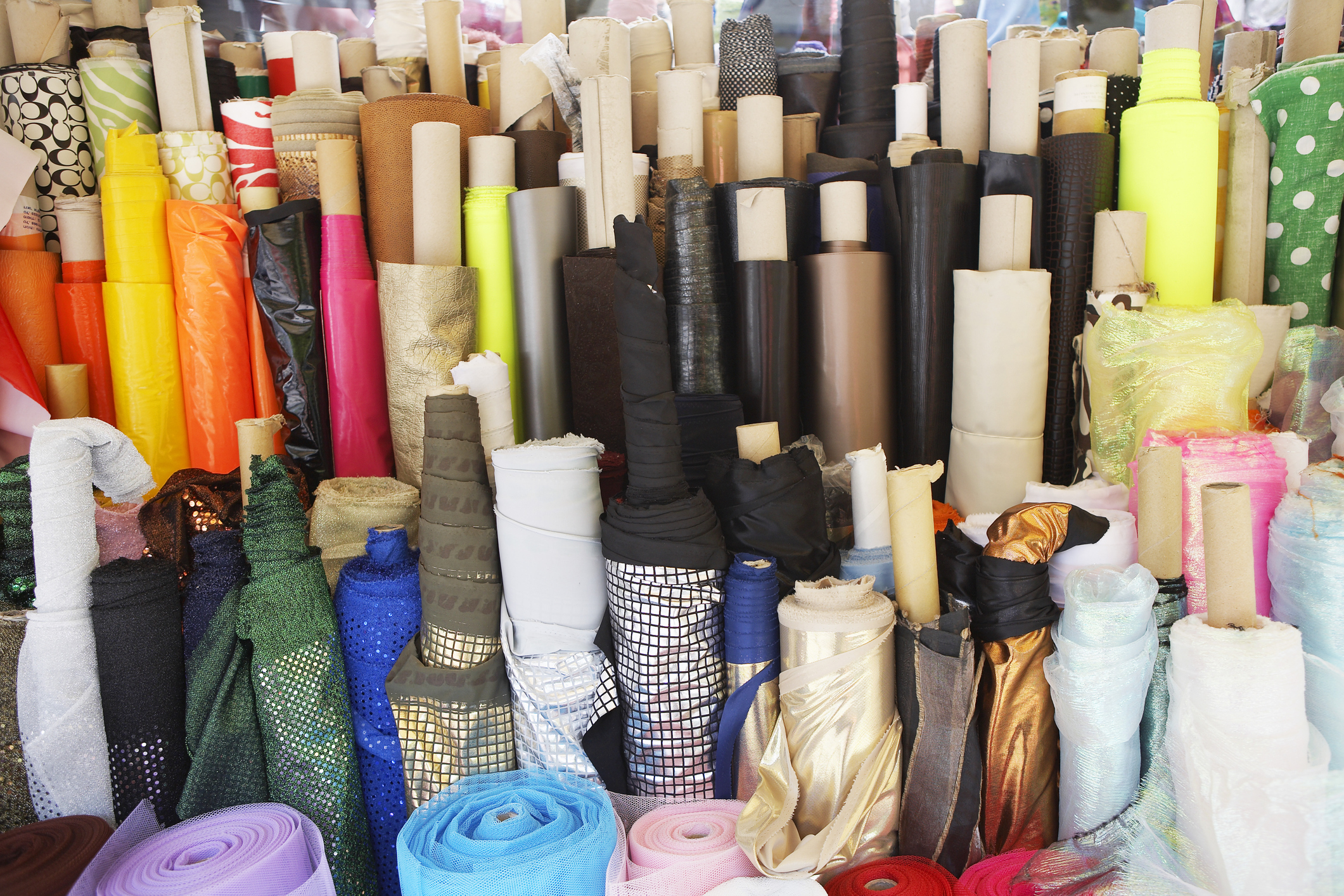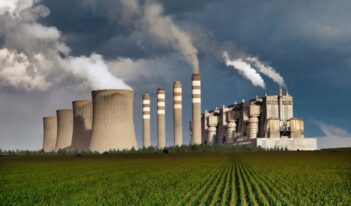
A recent European Union regulation bans dangerous chemicals in imported apparel.
“You did it!” So exclaimed a headline in a newsletter released by the environmental group Greenpeace International in the summer of 2015. The a vote by the European Commission to ban chemicals called nonylphenol ethoxylates, or NPEs, from clothing and other textiles sold in the European Union (EU). Several years earlier, Greenpeace had launched a major investigation into pollution in the textile industry, which helped publicize the widespread use of NPEs in dyeing and treating apparel prior to sale. Greenpeace went beyond just publishing its findings; the group called on the European Commission to act.
Even at low levels, NPEs have been found to disrupt hormones and diminish fertility in aquatic life. The Greenpeace report Dirty Laundry 2: Hung Out to Dry highlighted the double downside to NPEs used in textiles manufactured in Asia and sold in Europe: the harmful chemicals enter the water cycle in both locations. Because water treatment facilities fail to neutralize NPEs, wastewater from textile factories increases the chemical concentration water systems of nations such as China and India. At the same time, when a German teenager washes his t-shirt or when an Italian businesswoman launders her running top, NPEs flow into European water cycles.
The 2015 EU ban on NPEs falls into a broader EU scheme regulating chemicals, known as Registration, Evaluation, Authorization and Restriction of Chemicals (REACH). Previous REACH rules already barred NPE use in manufacturing within EU boundaries, but failed to restrict the chemicals’ presence in imported goods. After the Greenpeace report emphasized this gap, Sweden used the REACH framework in 2013 to propose expanding the NPE ban to cover imported textiles. The approval process took another two years. After evaluation and endorsement by two committees, a public consolation period, market surveys, and the unanimous vote by EU member states that Greenpeace celebrated in the summer, the broader NPE ban was formalized earlier this year.
Under the revised REACH regulations that recently took effect, companies that sell textiles in the European Union have five years to eradicate NPEs from their products and supply chains. After the grace period expires in 2021, the regulations will prohibit the sale of clothing, accessories, or home textiles containing more than trace amounts of NPEs (.01% by weight). The rule exempts second-hand textiles and those manufactured using recycled materials.
Despite being given a five-year window for compliance, many clothing manufacturers are likely to find that eliminating NPEs from their production processes presents no small task. NPEs offer multiple uses and facilitate textile creation during the “cleaning, dyeing, and rinsing” stages. Companies use NPEs extensively and across a variety of products. For example, Greenpeace’s 2011 investigation discovered NPEs apparently in garments produced in China for bargain retailers including H&M and Uniqlo, high-end fashion lines such as Ralph Lauren, and athletic brands including Nike, Adidas, and Puma. In a separate study, the United Kingdom’s environmental agency reported that nearly 30 percent of the cotton underwear imported and sold within its borders contained the chemicals.
The REACH regulations motivate companies to clean up their production in exchange for access to the European market. But does cutting chemicals always require a governmental mandate? Pressure from customers and groups like Greenpeace—as well as public relations opportunities—has also led some apparel brands to commit to cleaner textile production as part of corporate social responsibility or sustainability platforms. For example, twenty-one major retail brands (including several singled out in the Greenpeace Dirty Laundry report) joined together to create a roadmap to achieve “Zero Discharge of Hazardous Chemicals” (ZHDC) in apparel manufacturing.
Although some reports have dismissed commitments similar to ZDHC as mere “nebulous talk” by apparel producers, industry-led efforts can initiate unified standards when faced with a patchwork of different national regulations. ZDHC members, for example, plan to issue a single set of guidelines governing water discharge in textile manufacturing later this year. Perhaps just as important, companies’ public promises give customers and non-governmental organizations a chance to hold them accountable.
Textile manufacturing contributes more to global water pollution than any other industry except agriculture. Experts say that cleaner production processes are critical, particularly because the worldwide demand for inexpensive clothing is enormous. According to a report in The Economist, the volume of clothing Americans threw away in 2013 totaled 11.1 million tons. Although the European NPE ban presents one avenue to motivate the apparel industry to address threats posed by a group of hazardous chemicals, cleaning up the textile supply chain will presumably require additional effort from other nations, industry groups, and non-profit organizations as well.



